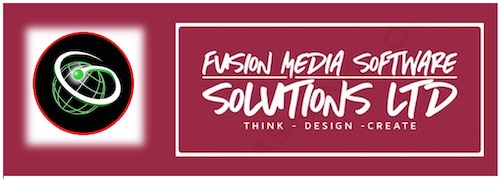How to Create a Ubuntu Linux Boot on a USB Device
In this article we will demonstrate how to install the Unbuntu Linux operating system onto a simple bootable usb drive, for you to boot any computer/laptop into a Linux machine for you to play around with the Linux operating system in real time.
Introduction
Creating a bootable Ubuntu Linux USB drive is a great way to try Ubuntu or install it on your system. Whether you want to test out Ubuntu, install it on your computer, or use it as a live USB for troubleshooting, the process is straightforward. This guide will walk you through how to create a bootable Ubuntu USB device using both Windows and macOS systems.
Requirements
Before you get started, you will need:
- A USB drive with at least 4GB of storage
- The latest Ubuntu ISO file (available from the official Ubuntu website)
- Software to create a bootable USB drive:
Steps to Create a Bootable Ubuntu USB on Windows
1. Download Ubuntu ISO
Visit the Ubuntu website and download the latest version of Ubuntu.
2. Download Rufus
Go to the Rufus website and download the latest version. Rufus is a lightweight and easy-to-use tool for creating bootable USB drives on Windows.
3. Insert the USB Drive
Insert the USB drive into your computer. Ensure that any important data on the drive is backed up, as creating the bootable USB will erase all data on it.
4. Open Rufus and Select ISO
Once Rufus is downloaded, open the application. Select your USB drive from the "Device" dropdown. Under "Boot selection," click on "Select" and choose the Ubuntu ISO file you downloaded earlier.
5. Start the Process
Leave the default settings in Rufus and click "Start." Rufus will now format the USB drive and create a bootable Ubuntu installation. Once the process is complete, you can safely eject the USB drive.
Steps to Create a Bootable Ubuntu USB on macOS
1. Download Ubuntu ISO
As with Windows, first visit the Ubuntu website and download the latest Ubuntu ISO file.
2. Download Etcher
Go to the Etcher website and download the latest version. Etcher is a user-friendly tool that works on macOS, Windows, and Linux to create bootable USB drives.
3. Insert the USB Drive
Insert your USB drive into your macOS system. Make sure you have backed up any important data, as this process will erase the USB drive's content.
4. Open Etcher and Select ISO
Open Etcher, click on "Select image," and choose the Ubuntu ISO file. Then, select your USB drive and click "Flash!" to begin the process.
5. Complete the Process
Once Etcher finishes creating the bootable USB drive, you can safely eject it and use it to boot Ubuntu on any compatible device.
Booting Ubuntu from the USB Drive
To boot from your newly created Ubuntu USB drive, restart your computer and access the boot menu (usually by pressing F12, F2, or ESC during startup). Select the USB drive as the boot device, and Ubuntu will start in live mode, allowing you to either try Ubuntu or install it.
Ready to start using your Ubuntu bootable USB? But you don't know how to use Linux, check out our article a Beginners guide to Linux for more information.Learn how too use Linux and start your Linux journey today!
